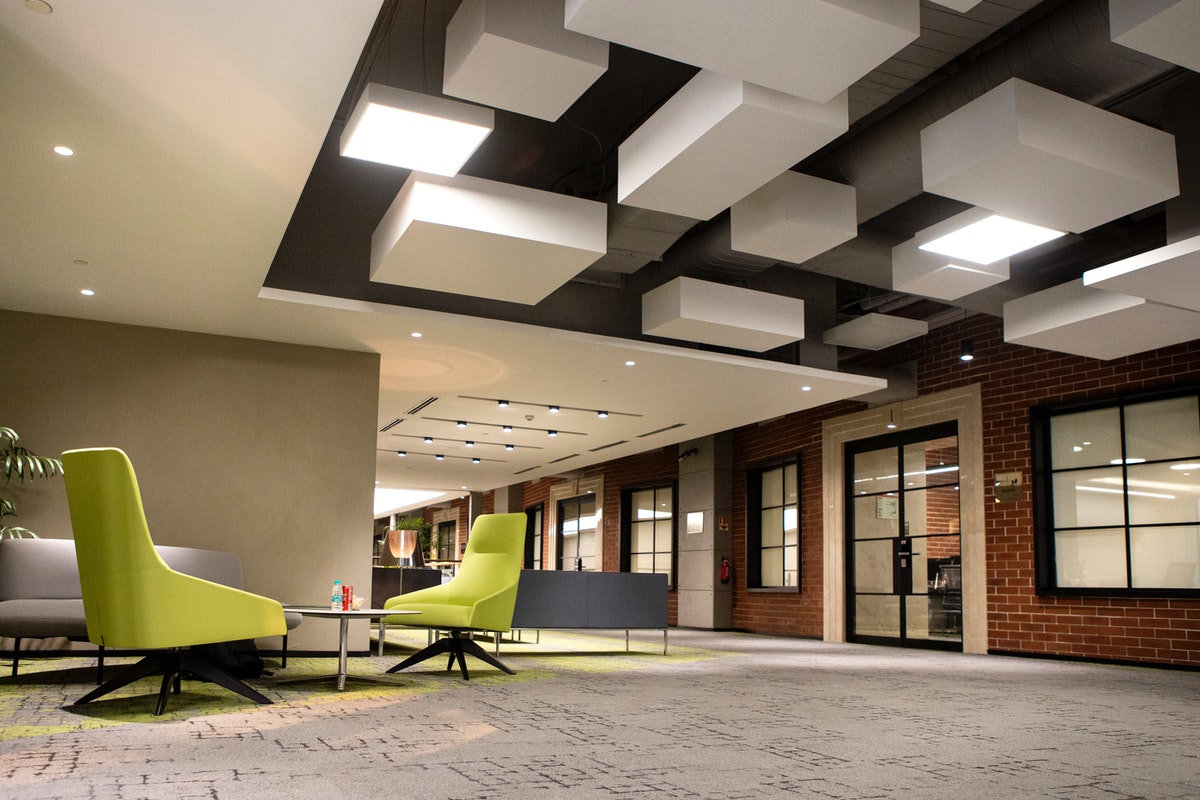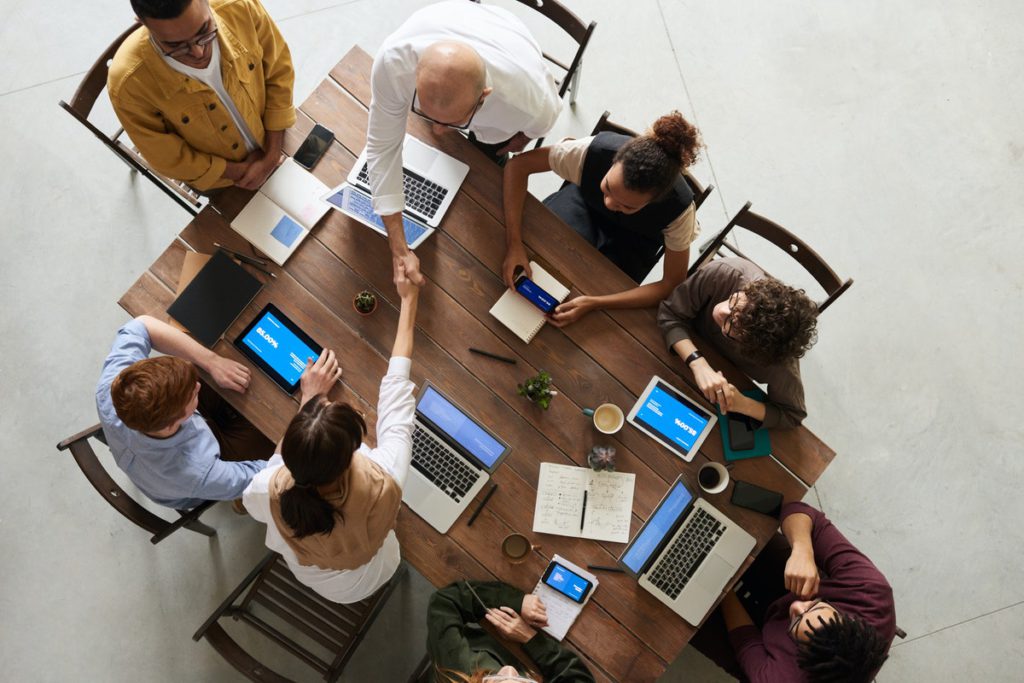
Such innovative efforts can — and must — become more commonplace throughout the sector, whether as a means to meet urgent needs created by COVID-19 or as a way of reorienting development and humanitarian sectors to future challenges that are sure to come. There are multiple examples of innovative office fitouts for-development investments that were made during the COVID-19 response, both to deal with the direct health impacts of the pandemic, as well as indirect economic and social impacts. For instance, while there is a need for more basic research to understand COVID-19 better and underpin new product designs, the explicit emphasis on funding global health innovation has been on the development of new products.
There will be an increased demand to innovate, thereby moving beyond the comforts of doing business as usual. Cultural shifts will be among the most critical drivers for companies’ success in the post-COVID-19 era. Technology will continue to propel innovation in various business models in different industries, which allows new companies to come into the market and seriously disrupt the incumbents. In offices of the future, technology will be critical to the ability of employees to get back into the office buildings and work safely, even before a vaccine is widely available.
As employers across the globe experiment with getting employees back into their offices, management should take action now to make sure workplaces are productive and safe when they do return. A carefully planned office comeback can take advantage of the moment to reimagine the workplace for the benefit of the talent, enhance collaboration and performance, and lower costs. Companies should take advantage of this moment to enhance the office environment in ways that improve engagement and well-being among employees, thus promoting engagement, increasing retention, and recruiting new talent.
Communicating what people can expect to get done at the office is just as important as the time companies need to schedule employees’ returns. Organizations will have to handle what employees are allowed in the office, when they are allowed in and where they are allowed to sit, how frequently the office is cleaned if the airflow is adequate, and whether they stay reasonably distanced when moving around the space. If groups of employees tend to be at the office on particular days, managers and HR leaders may want to look at better setups to facilitate collaboration. As organizations move toward more remote working operations, examine critical skills employees will need for digital collaboration and prepare for adjustments in employee-experience strategies.

A recent survey by Gartner found that 48% of employees are likely to work remotely at least some of the time post-COVID-19, up from 30% pre-pandemic. Gartner’s analysis suggests organizations will continue expanding the use of contingent workers in order to retain greater workforce flexibility after COVID-19, and they will consider adopting other job models that they saw through the pandemic, such as talent sharing and 80% compensation for 80% of the work.
Even before the pandemic, organizations were increasingly using unconventional tools for employee tracking, but this HR trend will accelerate with the new tracking of telecommuters and the collection of data on employee health and safety. The results of that fermentation are still unclear, but with employees returning to the office environment, companies working with in-house location intelligence are already pulling ahead in a global race to attract the best people and ensure workplace safety. One design and engineering company, whose headquarters are located in London and its global offices are located in around 100 locations, has been using GIS to map out safe, organised returns to office spaces, as well as visualise the new ways in which workspaces can be managed.
By adopting both innovation and security, office furniture manufacturers could be supporting a safer re-occupation of buildings following the COVID-19 outbreak. While adapting to this new normal may seem difficult, there are some innovative furniture designs that can help your office comply with safety standards and operate seamlessly even as COVID-19 remains a threat.
Office fitouts manufacturers’ efforts to introduce innovative solutions and offer safer uses must be balanced with rigorous designs, assessments, and testing to assess safety and effectiveness. This effort should look at employees’ career paths (e.g., being physically in an office early on, working remotely later on) as well as the various stages of the project (e.g., being physically together in planning early on, working remotely for implementation).
If you are going to open an office in the middle of a COVID-19 pandemic, protecting the health of employees must take priority. The truth is, only your employees can tell you how they are changing because of the pandemic, and why. People are going to demand greater flexibility, better technology, and incentives to show up at the office, and companies need to listen to this appeal.
Two-thirds of companies are considering a physical redesign to promote hybrid work, where employees divide their time between working in an office and working from home, according to Microsoft.




